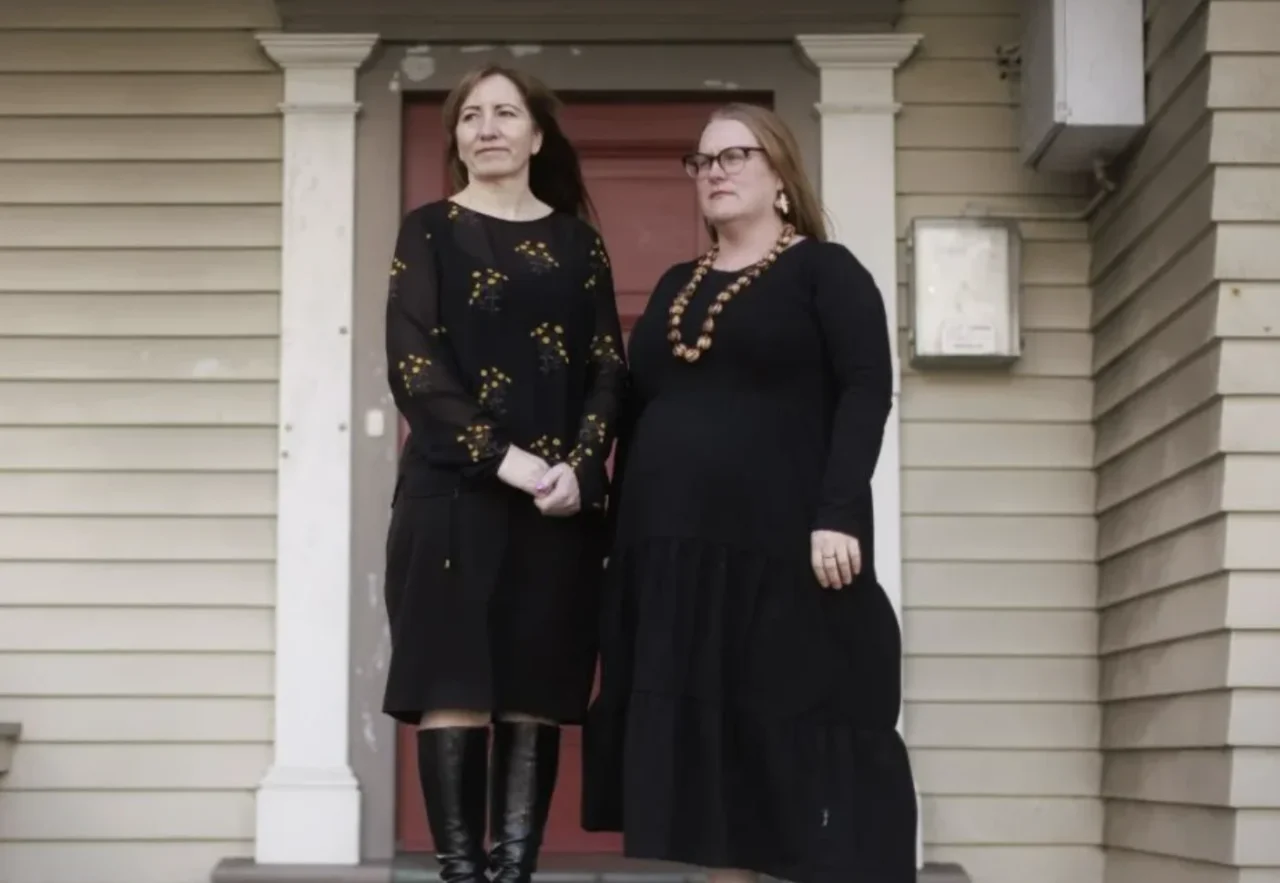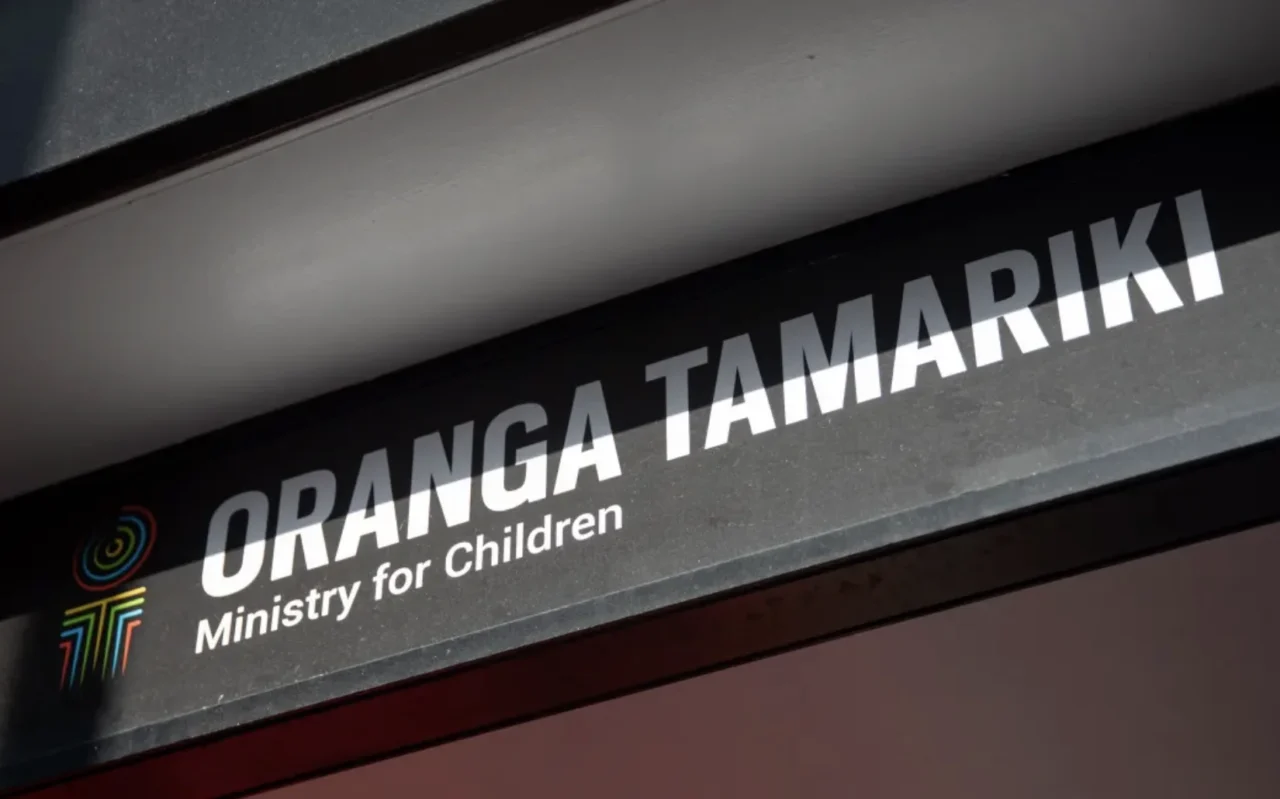December 2024
Tirohanga Whānui | Overview
The New Zealand Council of Christian Social Services (NZCCSS) welcomes the opportunity to provide feedback on the Oversight of Oranga Tamariki System Legislation Amendment Bill. We support the kaupapa to increase independence of Aroturuki Tamariki and strengthen the advocacy functions of the Children’s Commission. However we believe greater changes are needed than those contained in this Bill to enable the Oversight System to be more effective in mandating change within the Oranga Tamariki System.
Our main points are:
- Enforceability of recommendations
Greater responsiveness to the recommendations of the Oversight System is needed.
- Timeliness of monitoring processes
We advocate for the Oversight System to enable timelier identification of issues within the Oranga Tamariki system.
- Accessibility of the Oversight System
Simplification of the Oversight System is needed to enable greater accessibility and safety for children and young people.
- Enactment of te Tiriti o Waitangi
We advocate for the Oversight System to uphold a focus on reducing inequities for tamariki and rangatahi Māori.
- Timing of legislative change
We advocate for the findings of the independent statutory review to be incorporated into these legislative amendments.
- Leadership stability
We advocate for the roles of the current Children’s Commissioner and chief executive officer of Aroturuki Tamariki to be extended beyond one year.
- Visibility of children and young people
We advocate for the visibility of children and young people to be maintained and strengthened through government reporting.
- Advancement of children’s rights
The United Nations Convention on the Rights of the Child should be central to the Oversight System.
Taunakitanga | Recommendations
We raise the following points and recommendations for consideration:
- Enforceability of recommendations
NZCCSS commends the quality of the monitoring, advocacy and investigative functions carried out by the Oversight System. We support the proposal to covert Aroturuki Tamariki – The Independent Children’s Monitor to an independent crown entity and return the Children and Young People’s Commission to a commissioner sole model. The changes proposed in this Bill align with our concerns, and those of the wider children’s sector, at the time of the establishment of the Oversight of Oranga Tamariki and Children’s and Young Person’s Commissioner Bill. We are concerned however that the Oversight System is vulnerable to policy swings that may result in little change to the overall effectiveness of the system. Increased strengthening of the System is needed, beyond the proposed changes to entity structures, to truly strengthen advocacy, monitoring and investigative functions and improve the safety of tamariki and rangatahi in Aotearoa.
We believe greater enforceability of the Oversight System’s recommendations is urgently needed. While the System currently provides valuable information about the performance of the Oranga Tamariki system, the effectiveness of the Oversight System is undermined by a lack of accountability for change. This is reflected in recent findings of the Ombudsman and Aroturuki Tamariki:
“To my great regret, I cannot yet provide assurance that Oranga Tamariki is consistently operating in accordance with good administrative practice. Although it has, through many positive outcomes and the compassion of some of its social work, shown it is capable as an agency of supporting whānau, tamariki and rangatahi, it is often undone by underlying culture and practices which are not flexible or of good quality, which are not child-centric, and which are not culturally sound” (Office of the Ombudsman, 2024, pg. 102).
“Three years of reporting has shown that the minimum standards set out in the NCS Regulations are not consistently being met. There has been some improvement in compliance, and we heard about pockets of good practice where agencies worked together to support tamariki and rangatahi. However, we are still hearing from tamariki, rangatahi, whānau and professionals that there is more to be done and crucially, findings of abuse and neglect have increased” (Aroturuki Tamariki | Independent Children’s Monitor, 2024, pg. 10).
The changes this Bill provides for do not go far enough to strengthen monitoring. The system functions in an environment where a level of non-compliance is expected and accepted, which exacerbates the urgency or ability for changes to be made.
We are interested in understanding the available levers for increasing accountability which would include strengthening a) resourcing and powers held by the various Oversight entities to perform their functions, b) the mandate for the Oranga Tamariki system to respond to monitoring recommendations and c) resourcing for the implementation of recommendations.
We are also interested in whether there are alternative models of oversight in other areas of government that may prove to be more effective in mandating implementation of recommendations.
Recommendation 1: That the system be strengthened to mandate greater responsiveness to oversight recommendations.
- Timeliness of monitoring processes
The timeliness of current monitoring processes has the potential to create delays in the implementation of any recommendations identified, impacting on the wellbeing of children and young people. As set out under sections 22 to 32 of the Oversight of Oranga Tamariki System Act 2022, reports prepared by the Monitor must go through a process of drafting, review, distribution, and presenting to the House of Representatives before a final response is provided by the agency that is the focus of monitoring. While specific timeframes are not defined for all steps, it can be assumed that a substantial period of time will have passed between issues being identified by the Monitor and a response being received from Oranga Tamariki. The response will then identify the time period in which any actions in response to the Monitor’s recommendations will occur. We are concerned by the potential lag this creates between issues being identified and any changes being made, and the impact that these timeframes may have on children and young people who in the meantime remain in situations that are not safe or compliant with expected standards of care.
Recommendation 2: That the Oversight System enable timelier identification of issues within the Oranga Tamariki system.
- Accessibility of the Oversight System
The structure proposed maintains the current Oversight System model, locating monitoring, advocacy and investigative functions across the three entities. Despite the sound work being carried out under each of these functions, the current model is confusing, limiting the accessibility of the system for those who most need it. We query how the system could be simplified and entry points made more accessible. It would be useful to explore where we are seeing higher rates of children and young people making complaints to understand the factors that have contributed to them feeling empowered or supported to do so, and opportunities to make the processes easier. We are also interested in how this model compares to oversight functions in other areas of government that may be a simpler to understand and access. Finally, we query how resourcing might be increased to enable greater reliability and responsiveness when reporting concerns or complaints.
We are conscious that for the system to be effective it must be highly collaborative and suggest that the roles and responsibilities held by each agency and the requirements to collaborate could be more clearly defined. We are concerned that the system currently functions well due to the nature of the people holding specific roles within the oversight entities but could be vulnerable to dysfunction in the case of differing personalities.
We are also concerned about the impact on children of different teams engaging for investigative or monitoring purposes. For example, where shifts between monitoring and OPCAT functions occur, children may engage with multiple people representing different functions within the system.
Recommendation 3: That the Oversight System be simplified to enable greater accessibility and safety for children and young people.
- Enactment of te Tiriti o Waitangi
The Oversight System is a critical lever for realising the Crown’s responsibilities under te Tiriti o Waitangi and monitoring the extent to which the system is improving outcomes for tamariki and rangatahi Māori and their whānau. We look forward to the first annual report on these outcomes to be produced by Aroturuki Tamariki.
We are concerned that the repeal of section 7AA will see an erosion of the trust established between Oranga Tamariki and its Treaty partners and removal of reporting focused on the performance of the duties of the chief executive of Oranga Tamariki to reduce disparities for tamariki and rangatahi Māori. It will be important for the Oversight System to monitor the impacts of the repeal and any progress that is being made to ensure that articles two (tino rangatiratanga) and three (equity) of te Tiriti o Waitangi are reflected within the Oranga Tamariki system.
To support this focus, it will be important that Māori are represented in leadership across the Oversight System.
Recommendation 4: That the Oversight System retain a focus on reducing inequities for tamariki and rangatahi Māori.
- Timing of legislative changes
We are concerned that these changes are progressing prior to completion of the independent statutory review of the Oversight of Oranga Tamariki System Act 2022 and the Children and Young People’s Commission Act 2022. The findings of the statutory review would be valuable for informing how the intent of this legislation, to improve outcomes for children and young people, might be best achieved in relation to the Oversight System. We anticipate that they will shed light on the priorities and potential levers to mandate greater responsiveness to monitoring recommendations. By progressing legislative change in advance of the review’s completion there is a risk that changes will become piecemeal and lack coherence with an overarching strategy.
Recommendation 5: That the findings of the independent statutory review be incorporated into legislative amendments.
- Leadership stability
We advocate for the roles of the current Chief Children’s Commissioner and Chief Executive of Aroturuki Tamariki to be extended beyond the current one year period provided for in the Bill. This is to enable consistency of leadership while these structural changes are implemented. In the case of the Chief Children’s Commissioner we suggest the extension align with the current expected term of five years.
Recommendation 6: That the terms for the Children’s Commissioner and chief executive officer of Aroturuki Tamariki be extended beyond one year.
- Visibility of children and young people
Fundamental to the Oranga Tamariki system and Oversight System functioning effectively is the visibility of children and young people and their needs. Information provided by both systems enables us to identify and respond to need and measure progress in relation to reducing inequities and ensuring the safety of the care system. Legislative changes, such as the repeal of section 7AA, have the potential to erode the reporting that occurs within or about children and the Oranga Tamariki system. In addition, retrenchment across government has impacted our ability to maintain the visibility of children and young people in a range of domains. We see this in relation to funding for research such as the Growing Up in New Zealand longitudinal study, the Living in Aotearoa survey, and through the Oranga Tamariki Evidence Centre. We would like to see the Oversight System hold a strengthened role in ensuring that the visibility of children and young people is maintained to enable long-term understanding of children’s needs, risks to their wellbeing and the impacts of policy. This extends to ensuring consistency of how children’s views and experiences are included within the system.
Recommendation 7: That the visibility of children and young people across government reporting is maintained and strengthened through the Oversight System.
- Advancement of children’s rights
We advocate for greater integration of the United Nations Convention on the Rights of the Child (UNCROC) into the Oversight System and increased education to raise awareness of children’s rights among the children’s workforce, parents, caregivers and whānau and the public. Education across these audiences increases recognition of where rights may be infringed upon and avenues for advocacy. We are concerned that accountability for government to advance its application of UNCROC is limited. We see the Oversight System as a critical area where alignment should be prioritised, particularly given the recommendations of the United Nations Committee on the Rights of the Child in 2023 which speak to the need for greater accessibility of complaints processes where rights are violated and adequate resourcing for implementation of the Convention. The views of the Children’s Rights Alliance Aotearoa NZ (CRAANZ) and Mana Mokopuna will be valuable in identifying additional opportunities to strengthen oversight and align the system with our responsibilities under the Convention.
Recommendation 8: That the Oversight System be strengthened through greater application of UNCROC.
Tohutoro kua tohua | References
Aroturuki Tamarik | The Independent Children’s Monitor. (2024). Experiences of Care in Aotearoa: Agency Compliance with the National Care Standards and Related Matters Regulations. EOCR-2022-23.pdf
The Ombudsman New Zealand. (2024). Children in care: complaints to the Ombudsman 2019–2023. Children in care complaints to the Ombudsman 2019–2023_Digital.pdf
Ingoa whakapā | Contact Name
Rachel Mackay
Melanie Wilson




